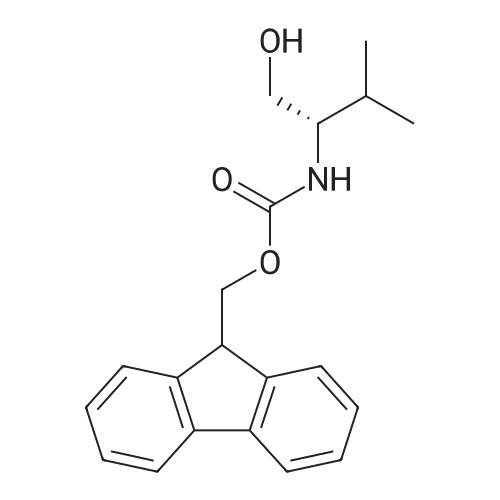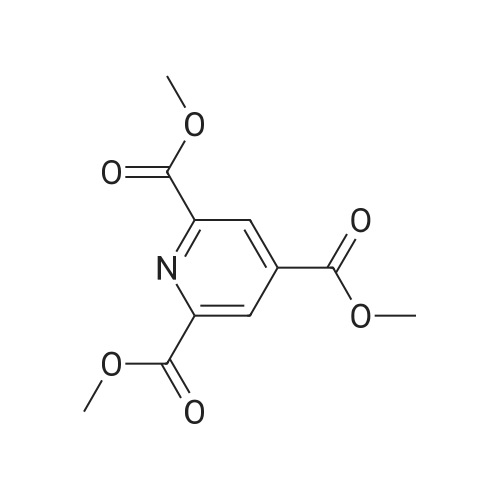| 35%Spectr. |
With [Rh(OH)(cod)]2; C22H33BrN4(2+)*2Br(1-); sodium hydroxide; In para-xylene; at 125℃; for 6h;Schlenk technique; Inert atmosphere; Cooling with liquid nitrogen; |
The following methodwas prepared trisubstituted pyrrole (4 '). As described above, trisubstitutedpyrrole (4 ') is atorvastatin is hyperlipidemic agent (trade name: Lipitor) isa compound that can be utilized as synthetic intermediates. The reaction schemeis shown in Table 9 ( "mol%" in the reaction scheme is ratiovalinol.).Sodium hydroxide in aSchlenk (0.40mmol), [Rh (OH) (cod)] 2 (0.005mmol), bis-NHC ligand (0.01mmol)and p- xylene (1ml) added and the mixture It was prepared. Then, a Schlenkcooled with liquid nitrogen and freeze-deaerated, and then attached one litercondensing gas bag filled with argon gas was filled to the Schlenk with argongas. Thereafter, the mixture was stirred at room temperature for 2 hours. Afterstirring, valinol and (1 mmol) and ketone (3 ') (2mmol) was added to the abovemixture and stirred for 6 hours at 125 C.After completion ofthe reaction, the reaction mixture was washed with saturated NH4Cl aqueoussolution, and the aqueous layer was extracted 3 times with CH 2 Cl 2.Then, in the same procedure as in Experimental Example 1-A1, the extract ispurified, it is the object product To give the trisubstituted pyrrole (4 ').Three yields of substituted pyrrole (4 ') (%) was measured by the same methodas Experimental Example 1 (entry 2). |
| 23%Spectr. |
With lithium hydride; In para-xylene; at 165℃; for 60h;Schlenk technique; Inert atmosphere; Cooling with liquid nitrogen; |
The gas which has beendried by heating in a Schlenk heat gun was replaced with argon gas. It was thenadded NaOH (0.40mmol) at room temperature. In addition valinol the (1mmol) andpropiophenone (2mmol) and p- xylene (1ml) was added, to prepare a suspensionsolution. The Schlenk was cooled with liquid nitrogen and freeze-deaerated, andthen attached one liter condensing gas bag filled with argon gas was filled tothe Schlenk with argon gas.The mixture wassubjected to reaction and then stirred for 6 hours at 165 C. After completionof the reaction, the reaction mixture was washed with saturated NH4Cl aqueoussolution, and the aqueous layer was extracted 3 times with CH 2 Cl 2.Thereafter, the same procedure as in Experimental Example 1-A1, and the extractwas purified to give the pyrrole an object product (entry 1). Also, instead ofNaOH, except for using an alkali metal base in Table 3 described, in the samemanner as above to give the pyrrole (entry 2-6). Table 3 shows the results. |
| 41%Spectr. |
With C36H54Cl2N2P2Ru; potassium tert-butylate; In toluene; at 165℃; for 24h;Schlenk technique; Inert atmosphere; |
A stirrer, a ruthenium complex (Compound 2c; RUPCY2) (7.5 mg, 0.01 mmol), potassium tert-butoxide (44.9 mg, 0.4 mmol), benzil-4-fluoro phenyl ketone (429 mg, 2.0 mmol), toluene (1.0 mL), and L-Valinol (0.11 mL, 1.0 mmol) were added to a 10-mL Young-Schlenk container that had been dried under reduced pressure and substituted with nitrogen. Thereafter, the mixture was reacted for 24 hours in a constant-temperature bath at 165 C. After the reaction was completed, a 1.5-M hydrogen chloride-methanol solution (400 muL) was added to the mixture, and then 1-phenyl-1-propanol was added as a standard substance. 1H NMR measurement was performed using a deuterated chloroform solvent. As a result, the target product, i.e., 2-(4-fluorophenyl)-5-isopropyl-3-phenyl-1H-pyrrole was obtained at an NMR yield of 41% |

 Chemistry
Chemistry
 Pharmaceutical Intermediates
Pharmaceutical Intermediates
 Inhibitors/Agonists
Inhibitors/Agonists
 Material Science
Material Science















 For Research Only
For Research Only
 120K+ Compounds
120K+ Compounds
 Competitive Price
Competitive Price
 1-2 Day Shipping
1-2 Day Shipping















